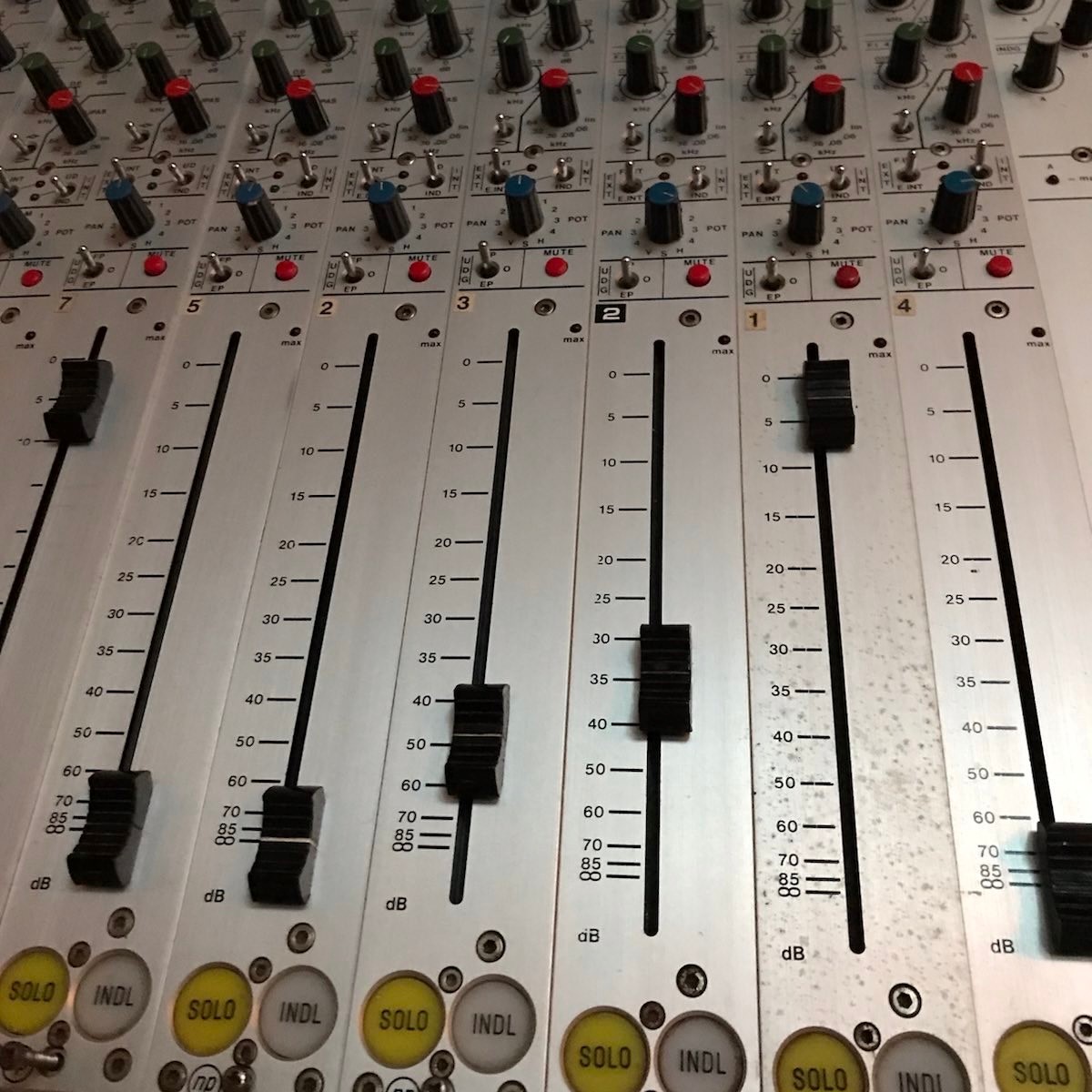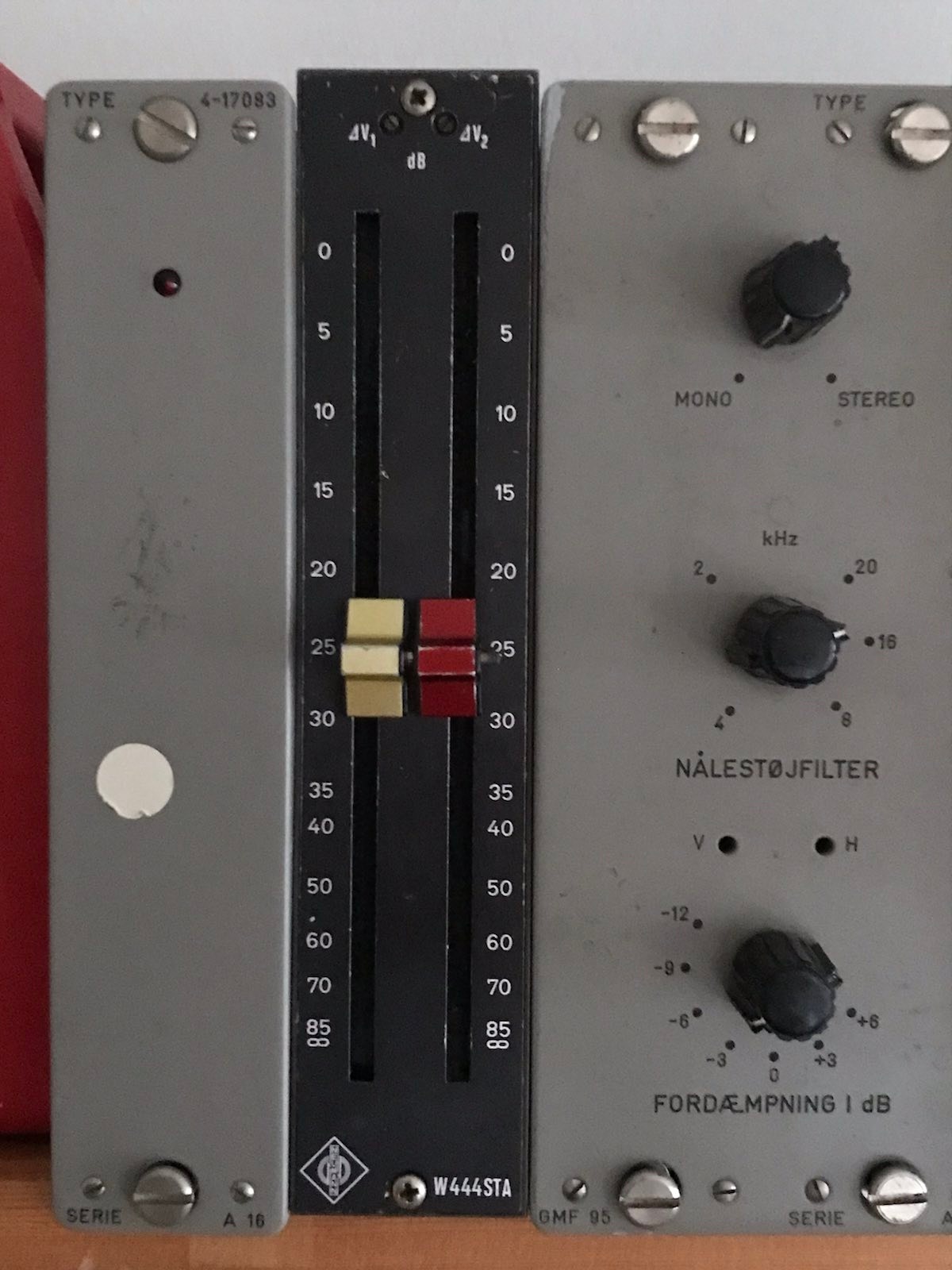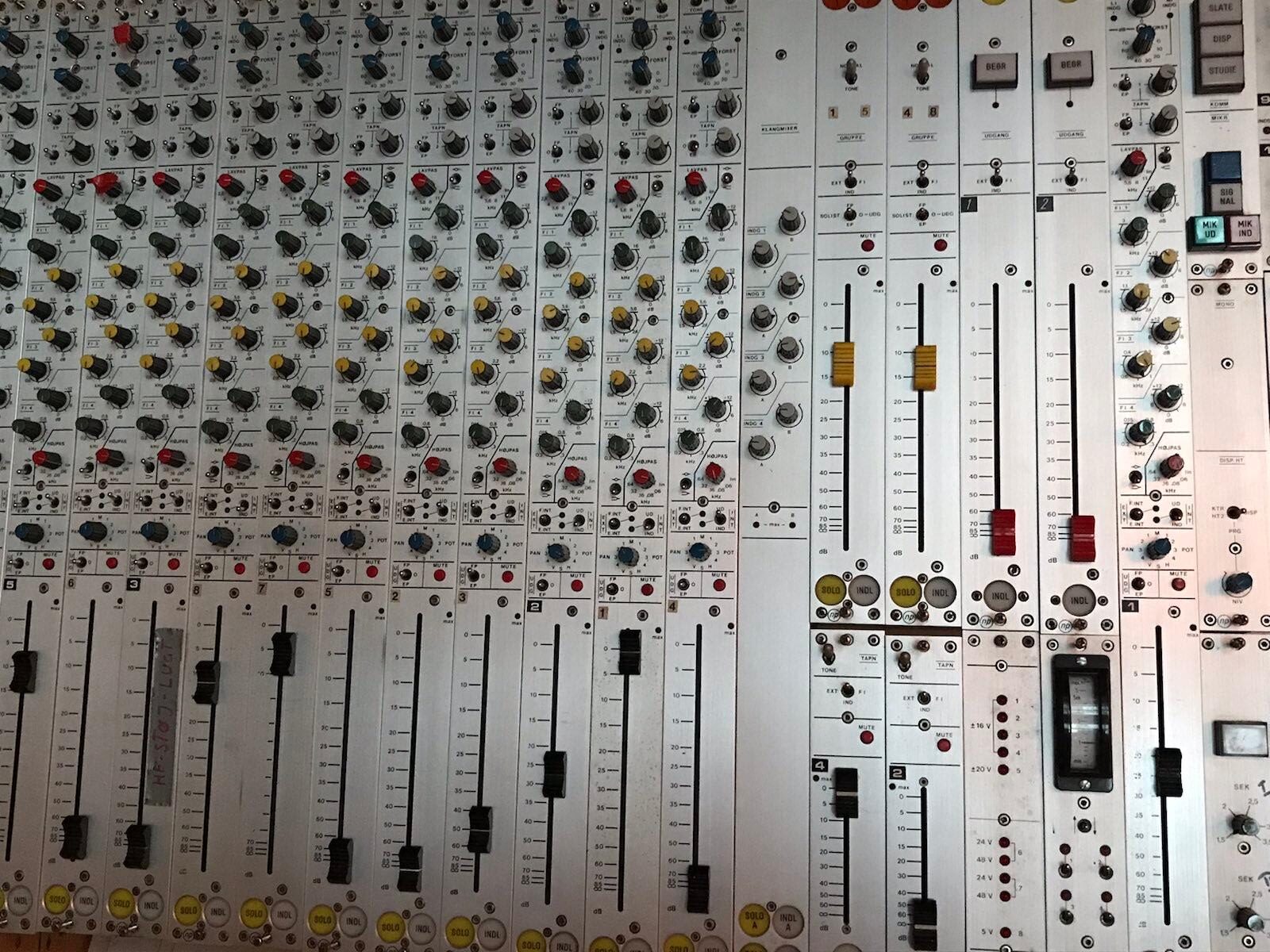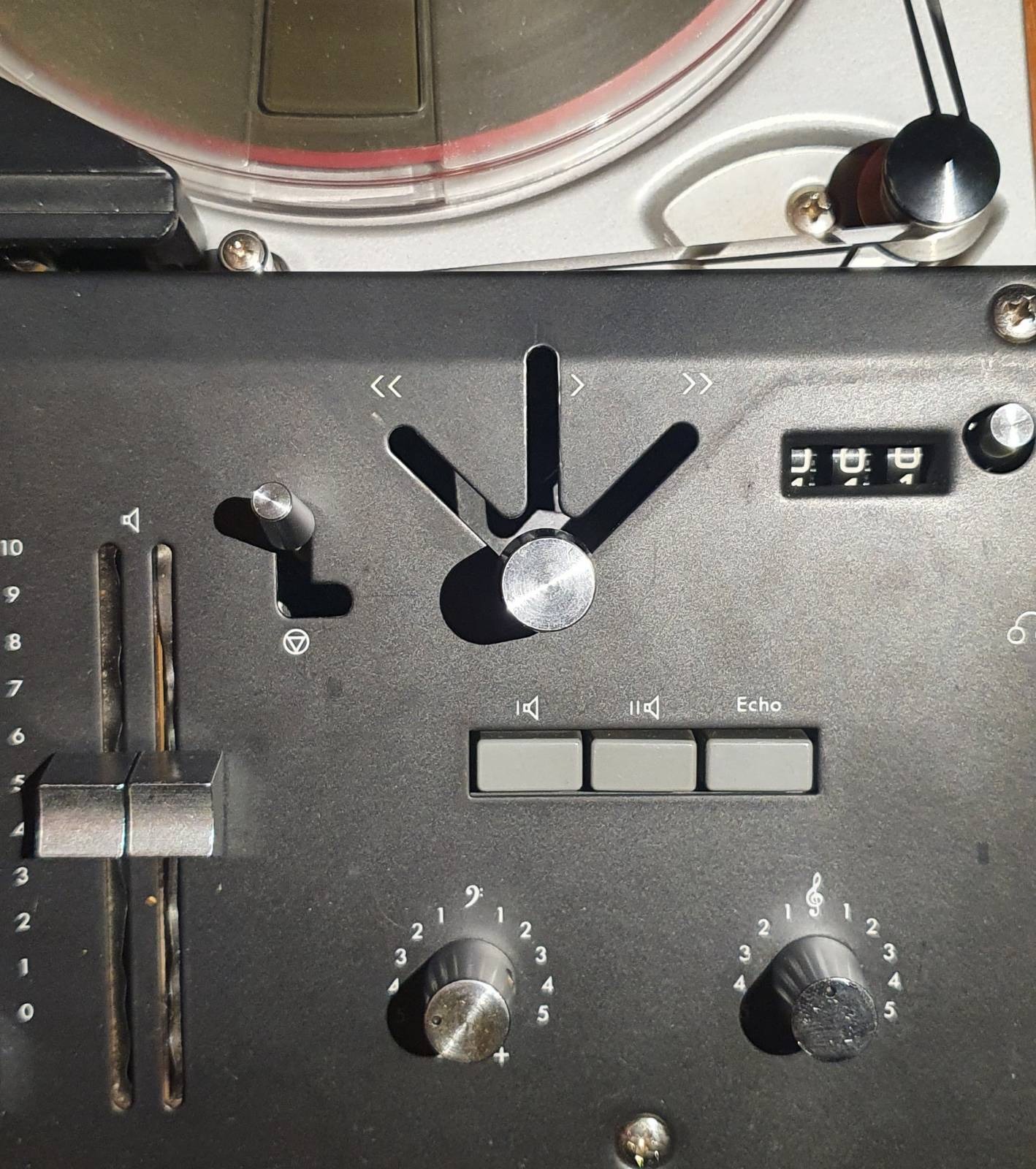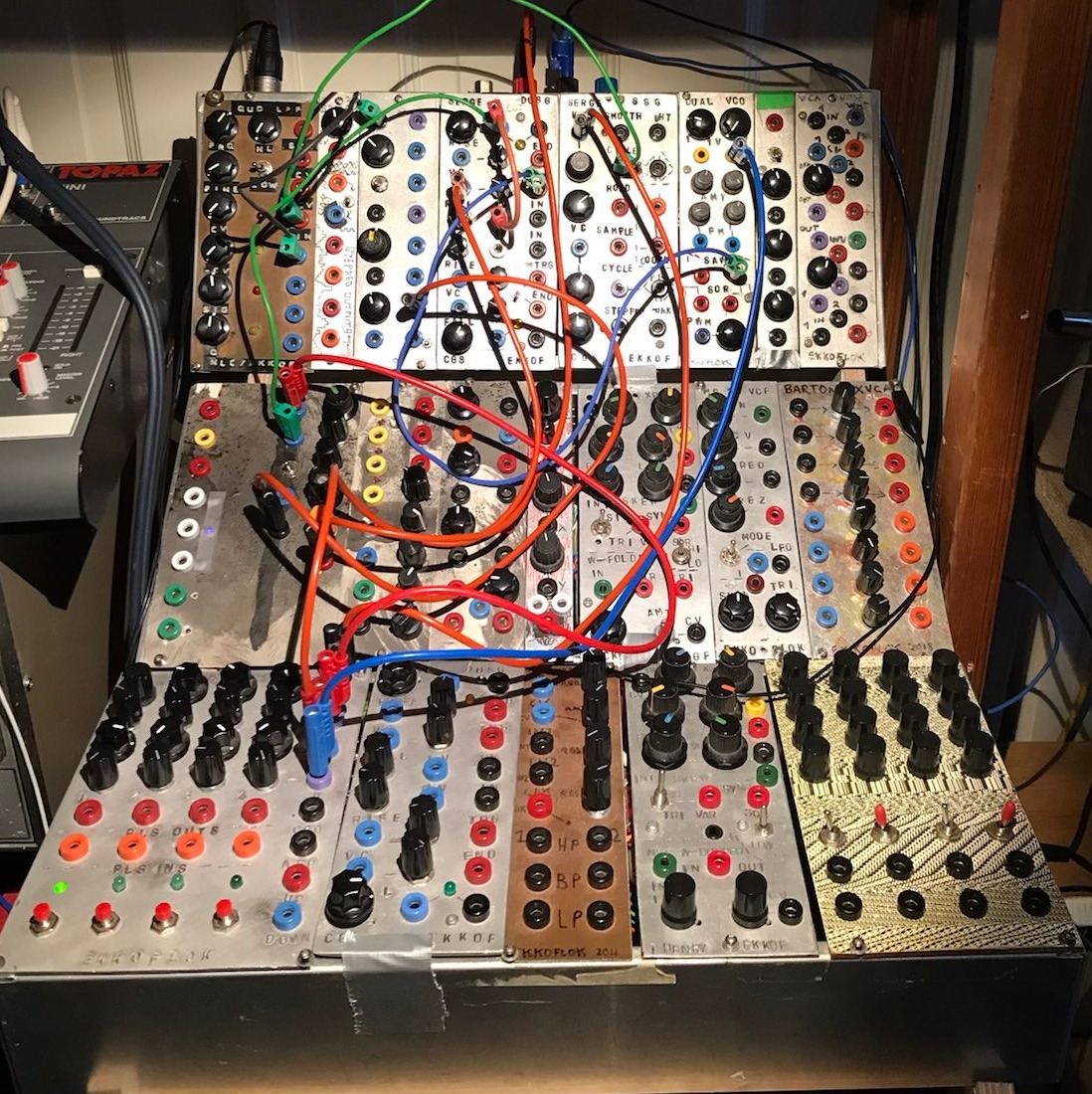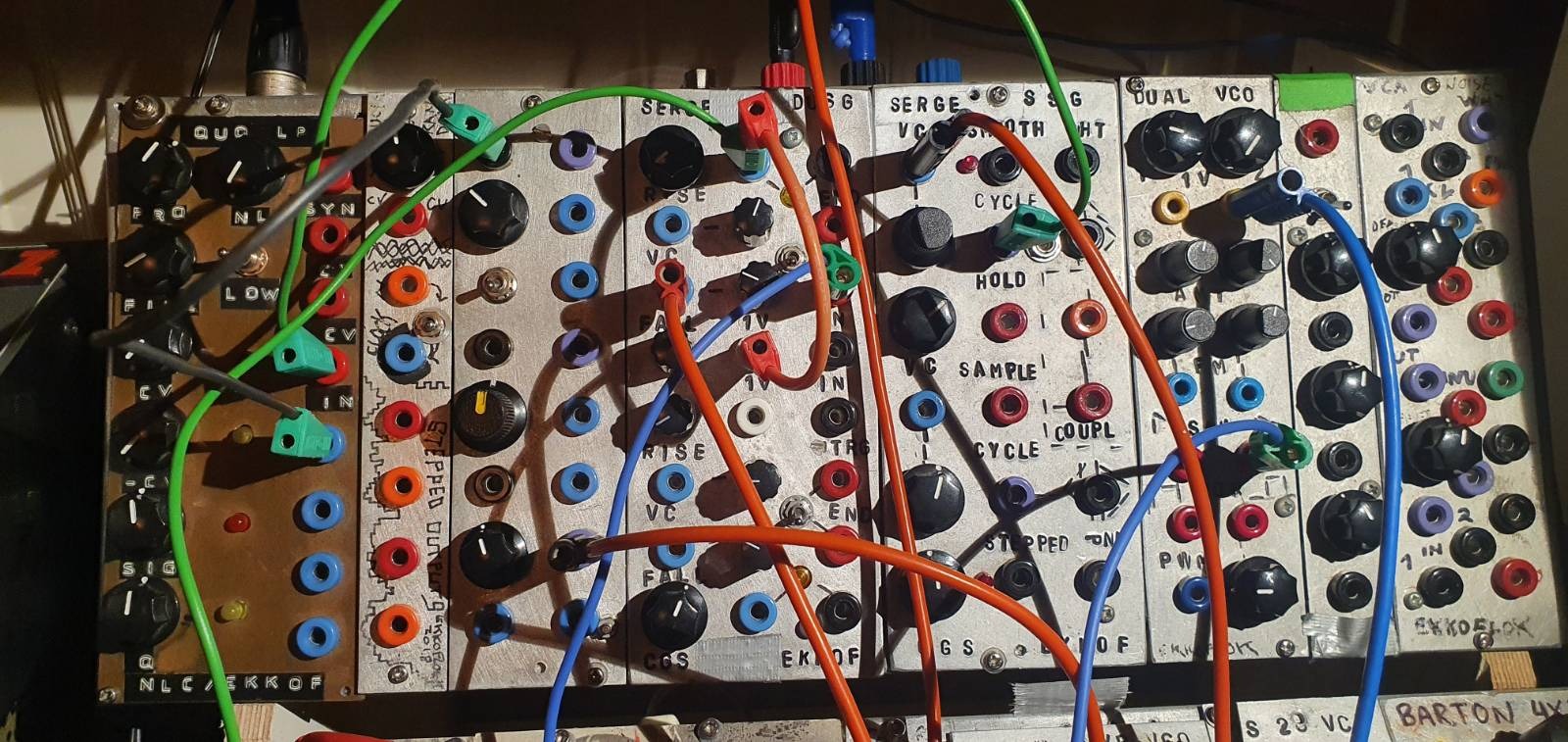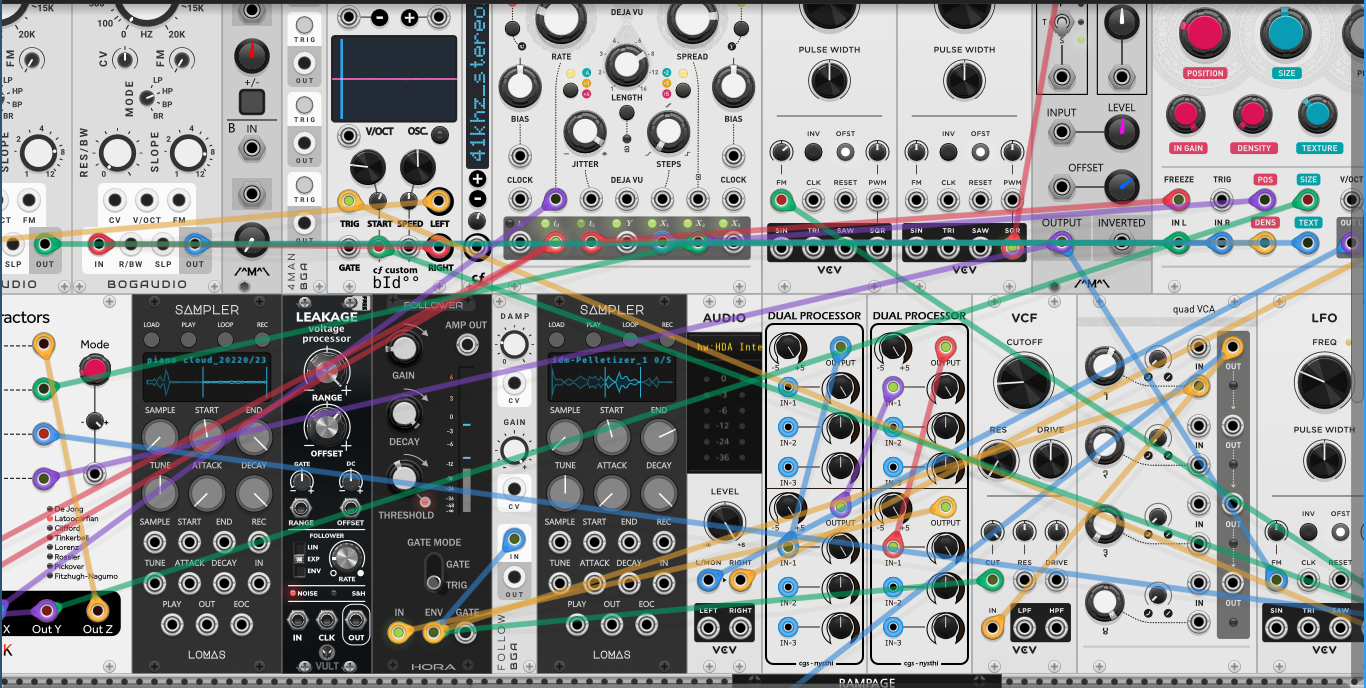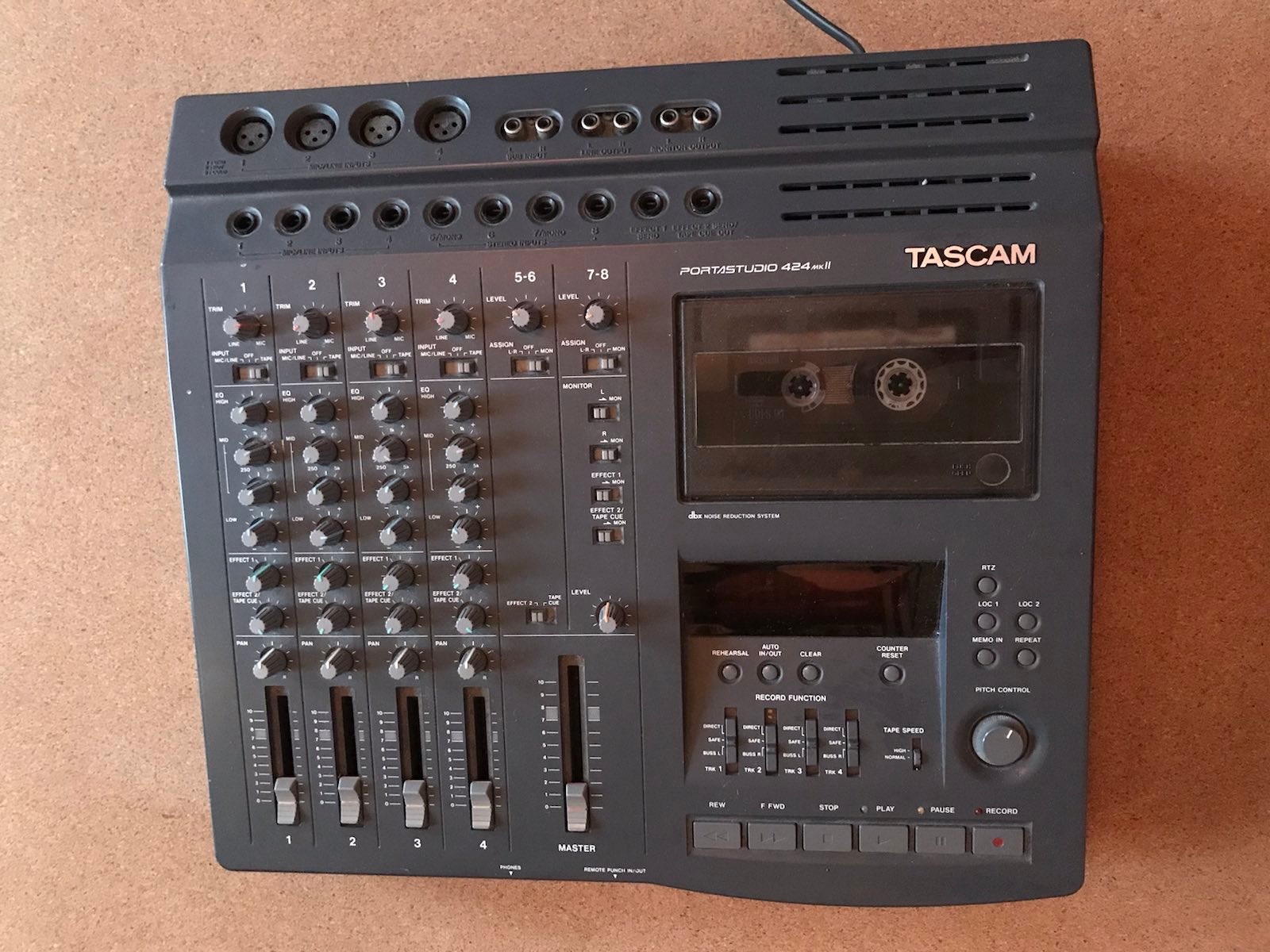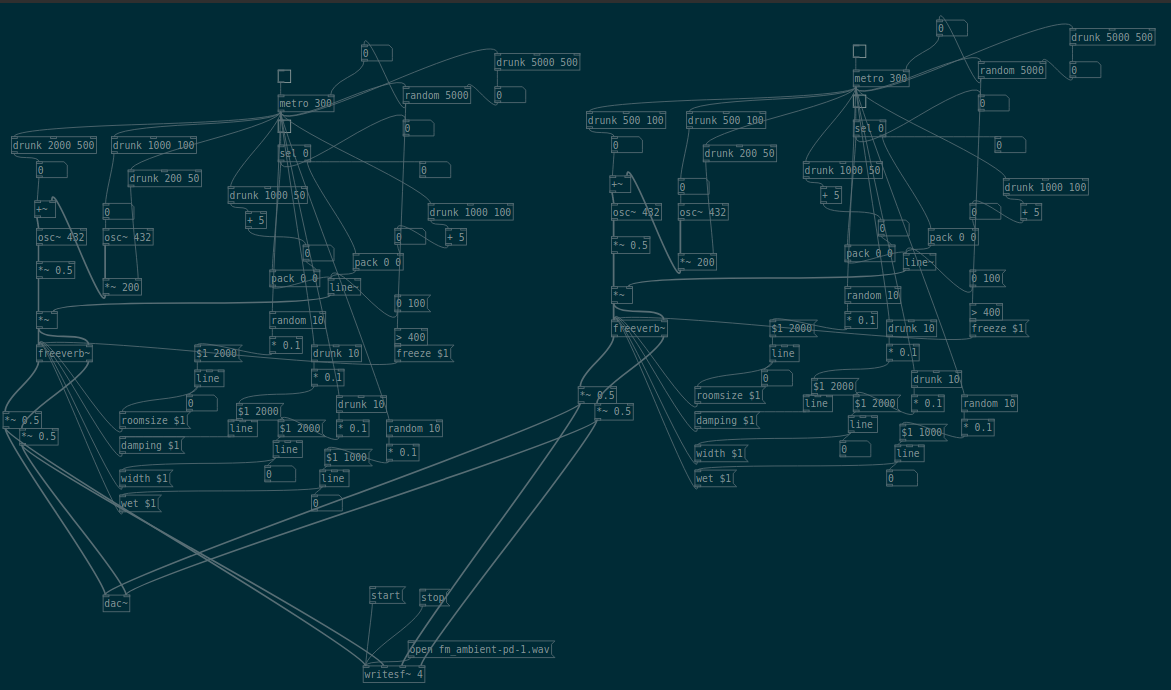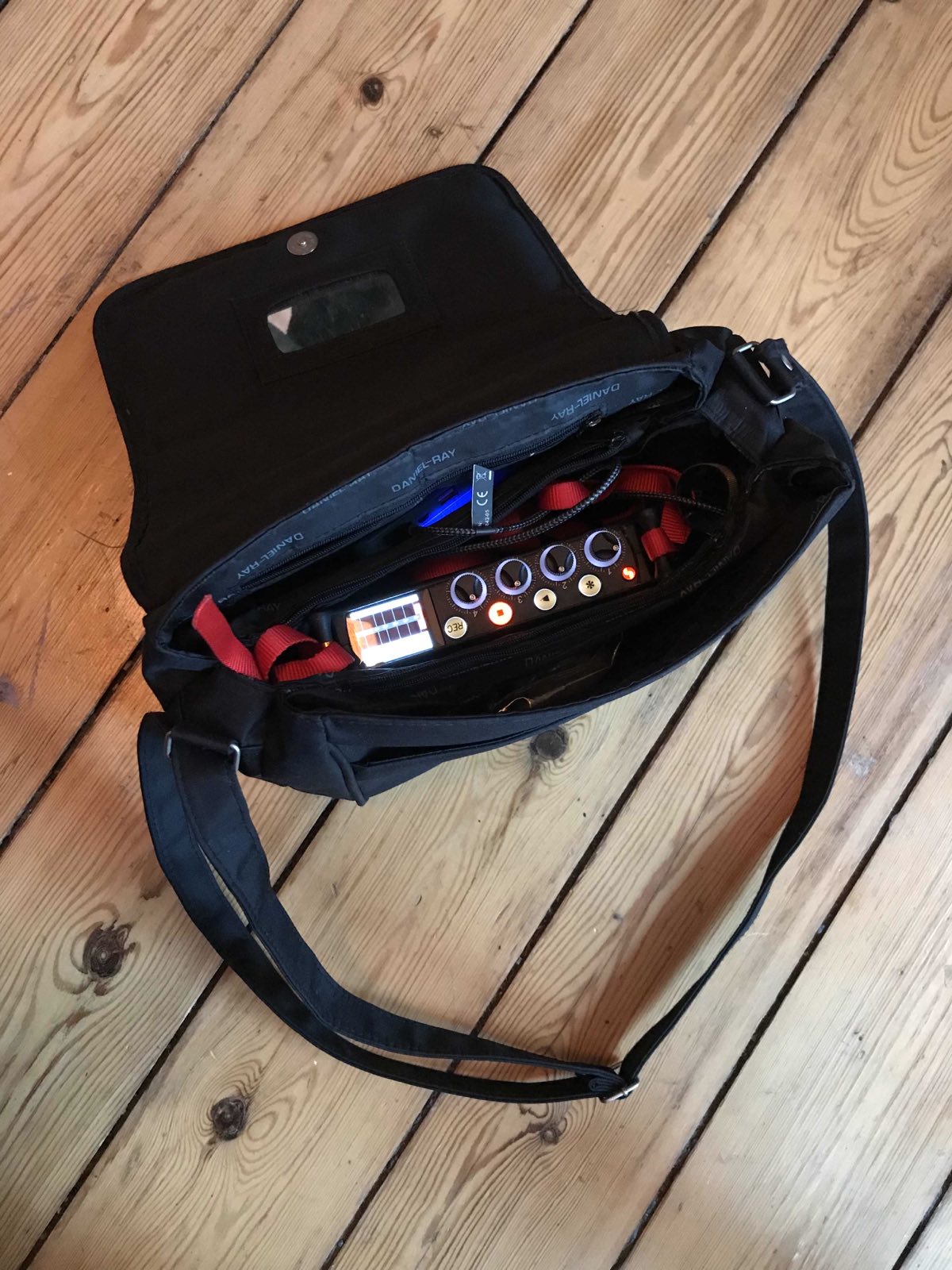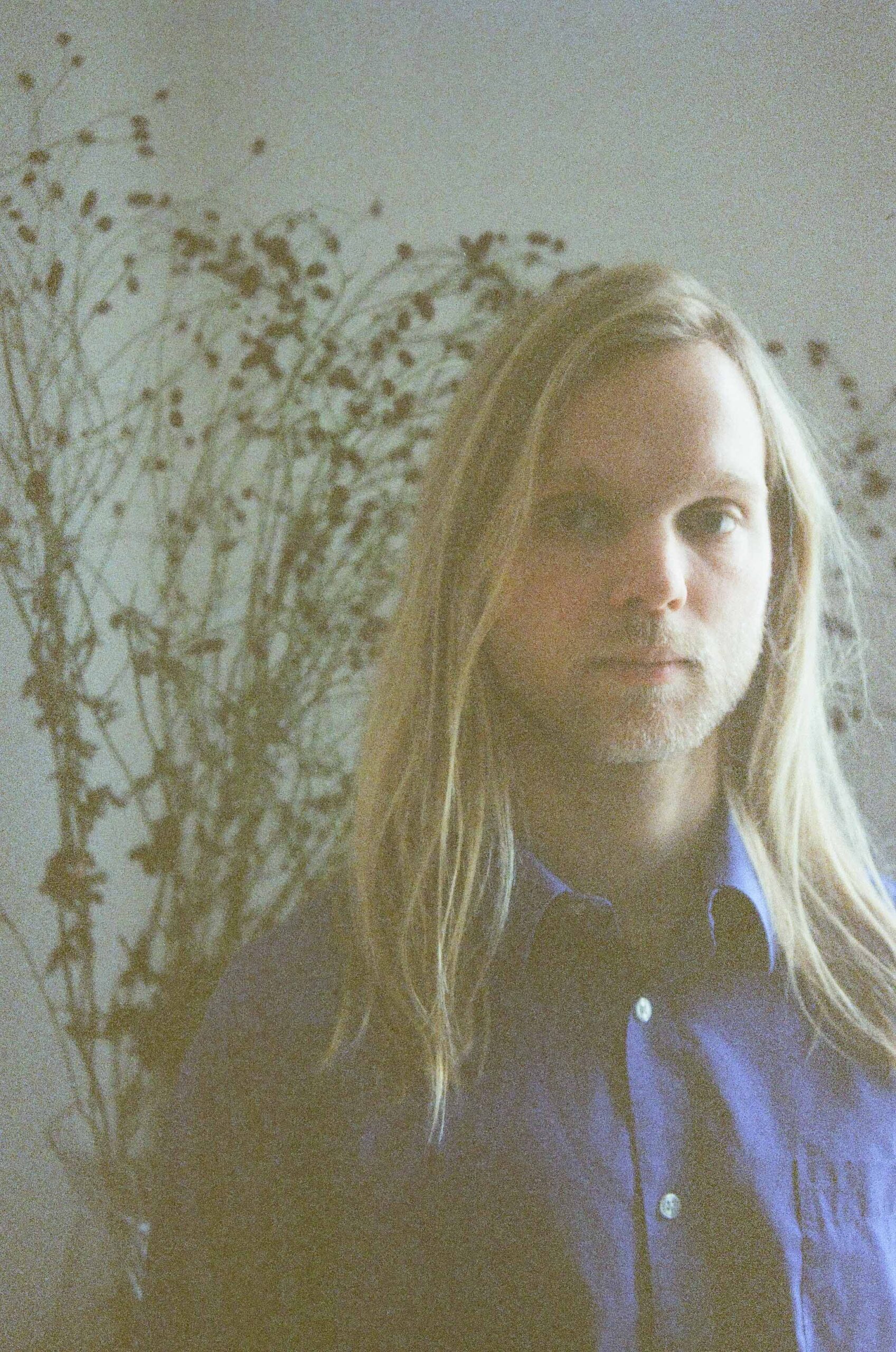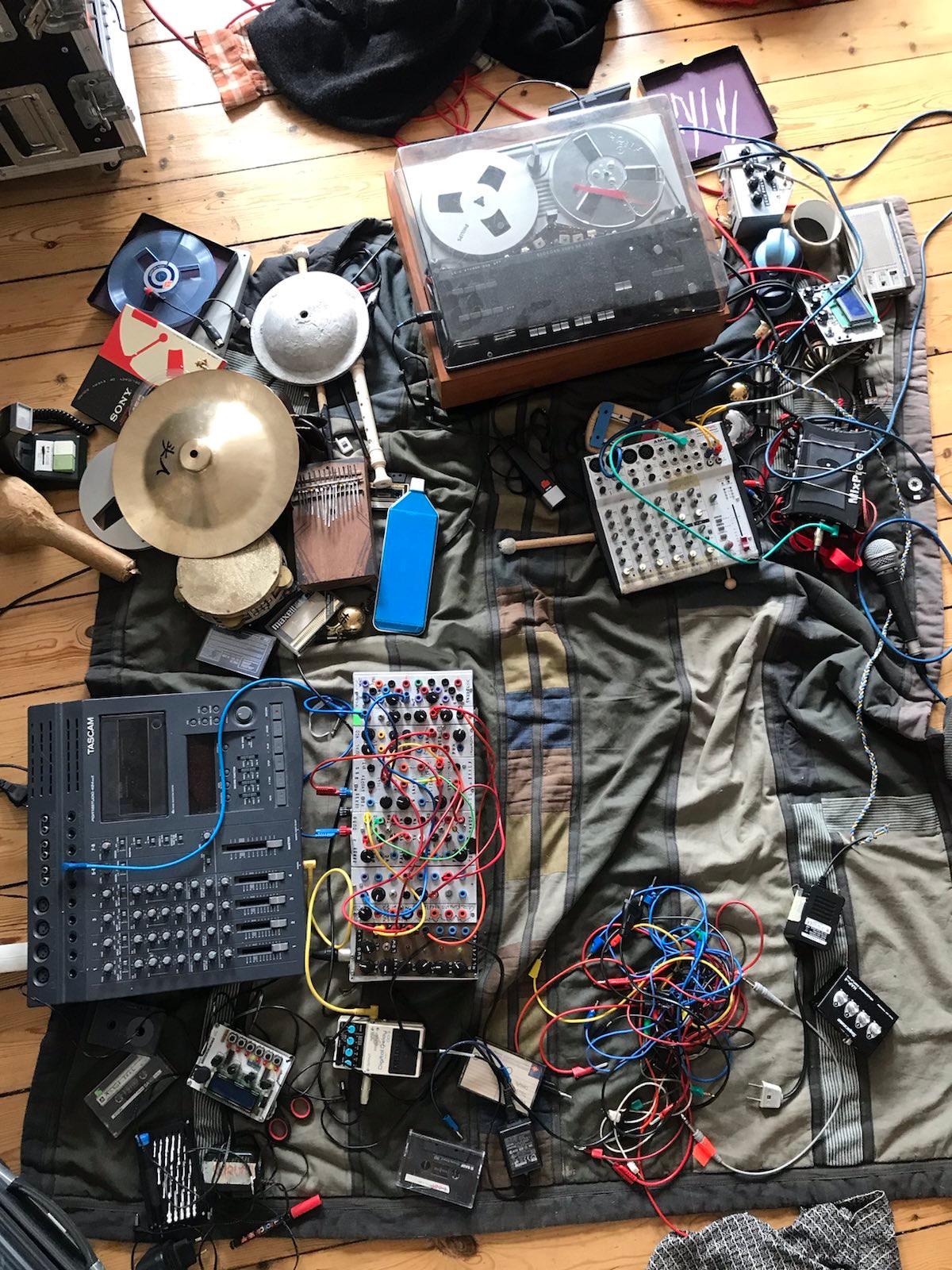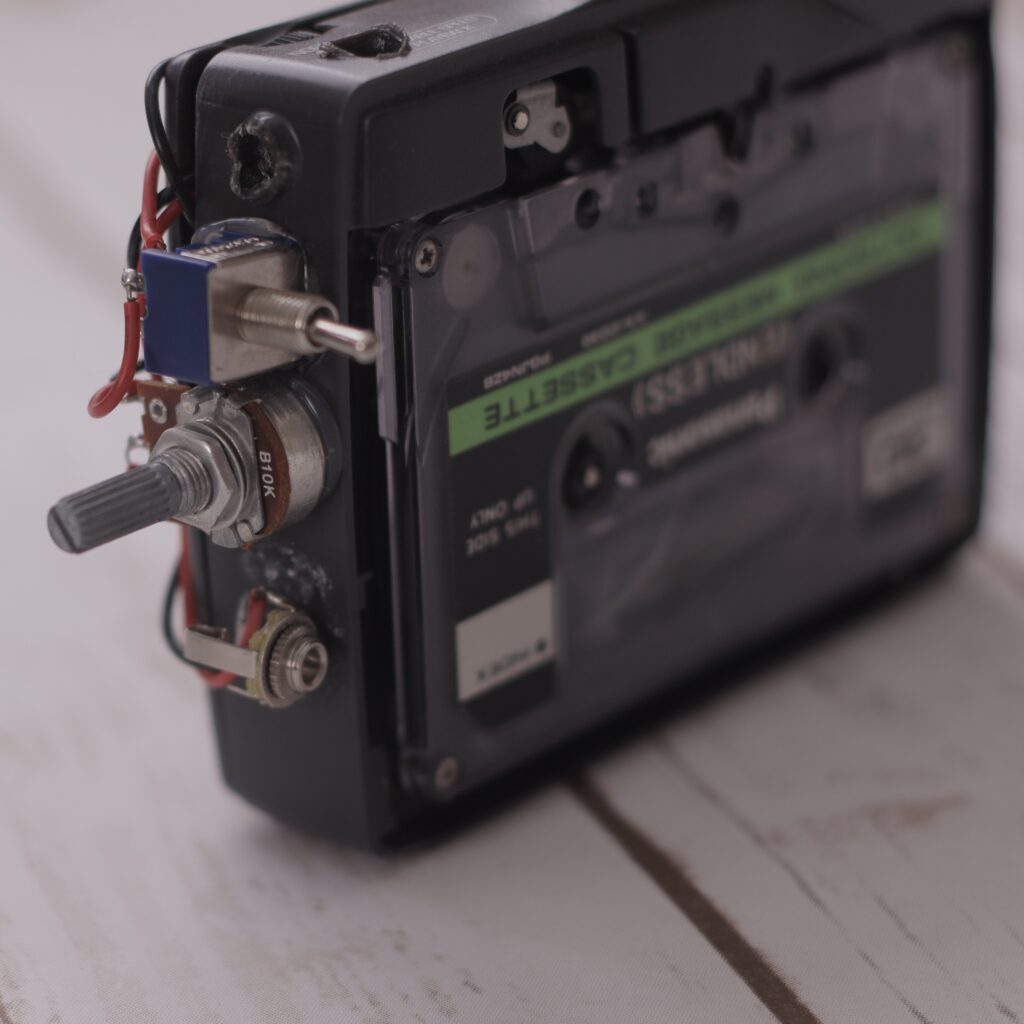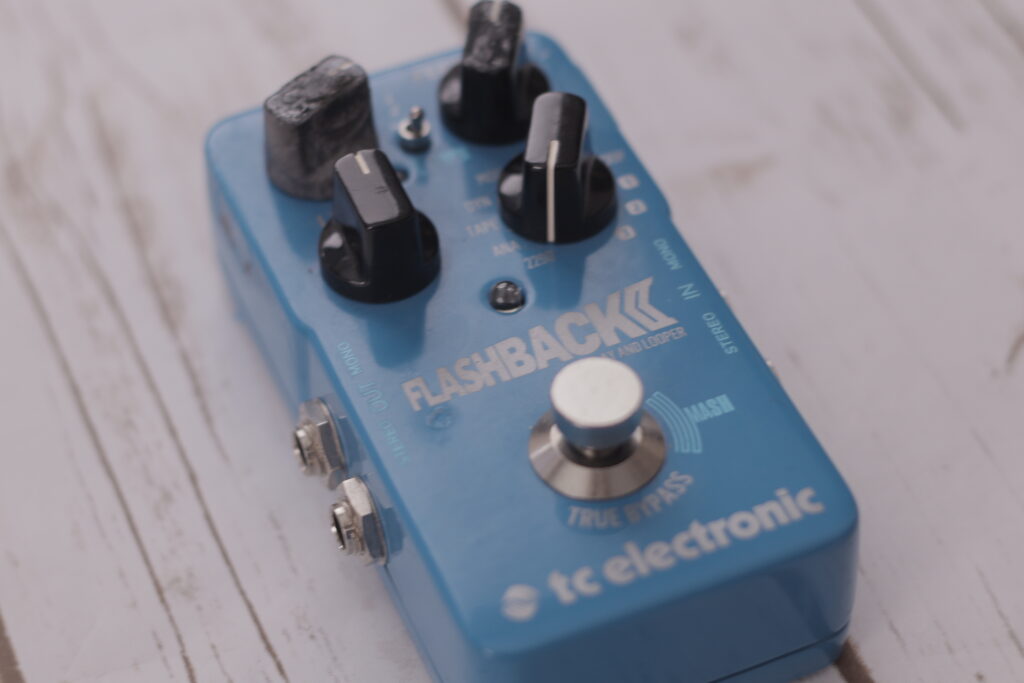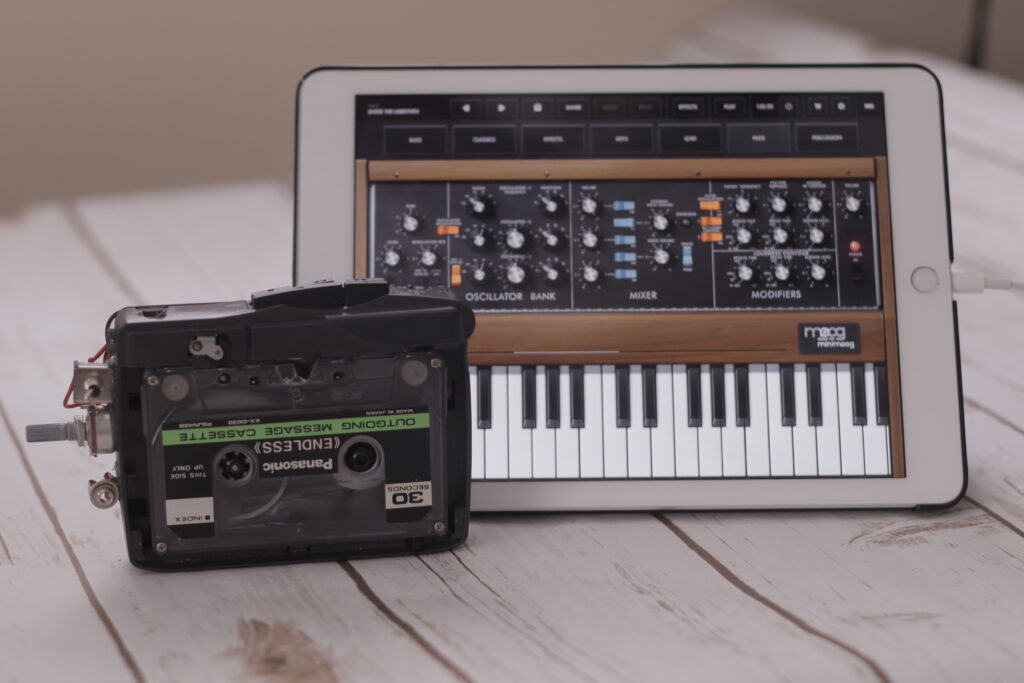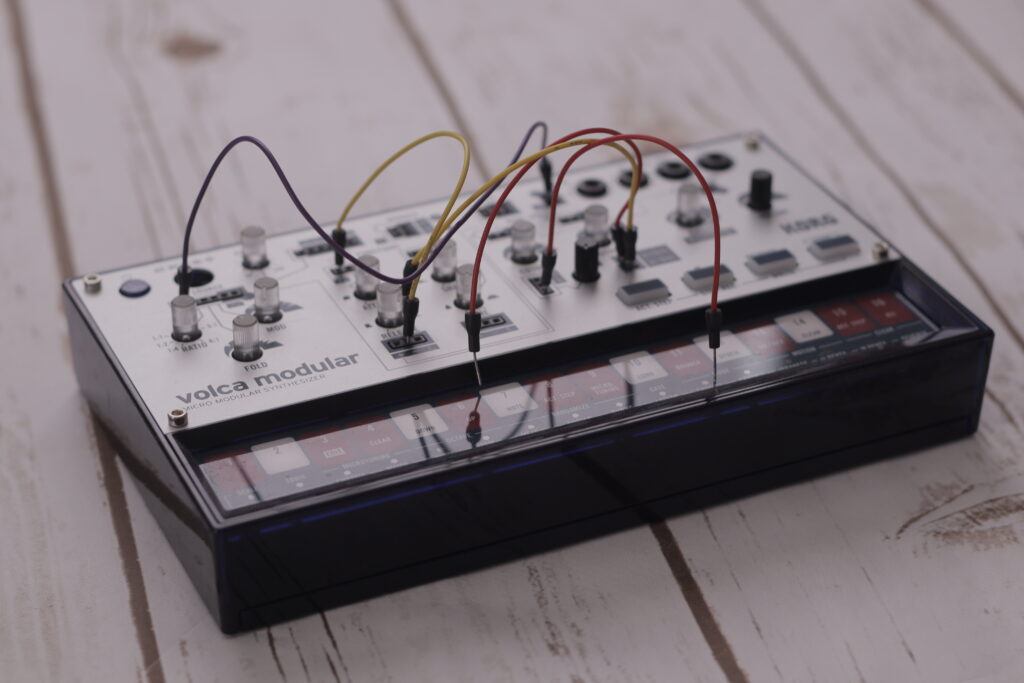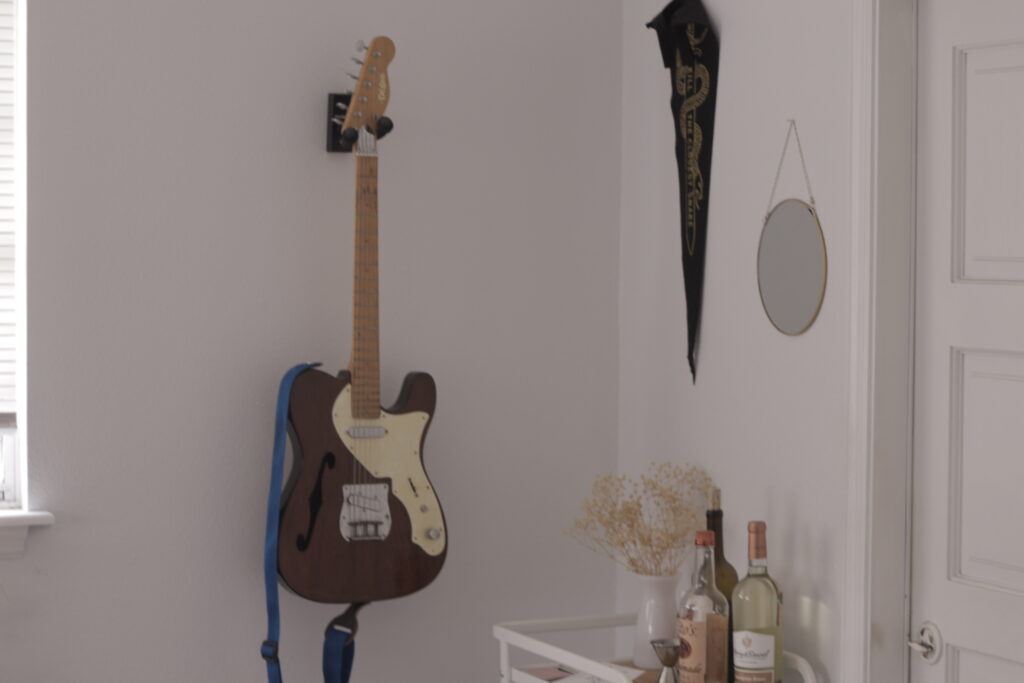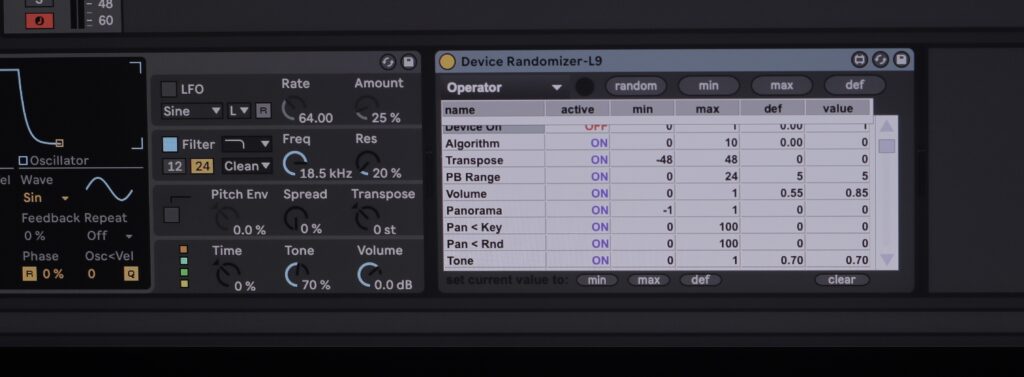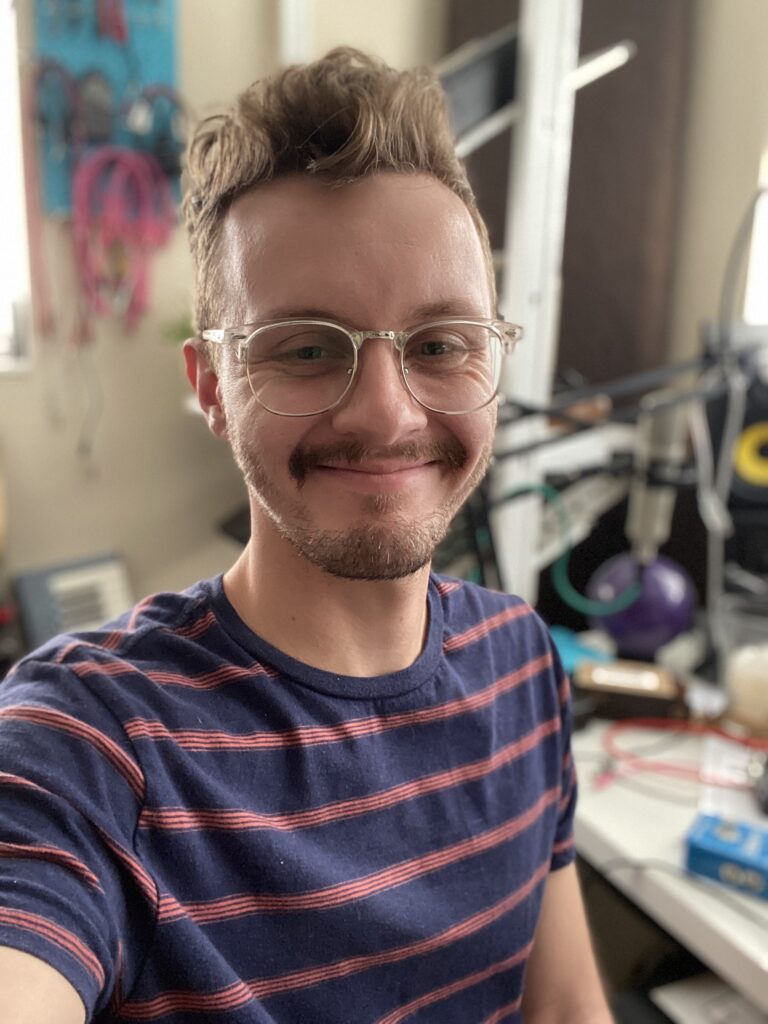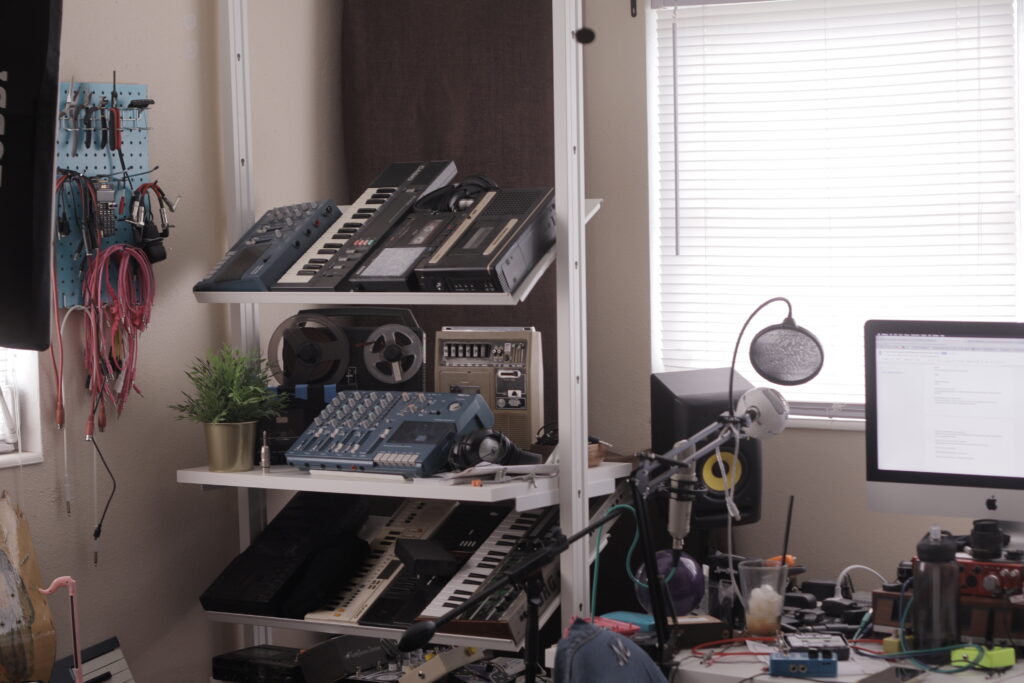1. Favorite knob or fader or switch on a piece of gear and why?
That one is easy… the knobs on my Tegeler Audio Manufaktur Schwerkraftmaschine.
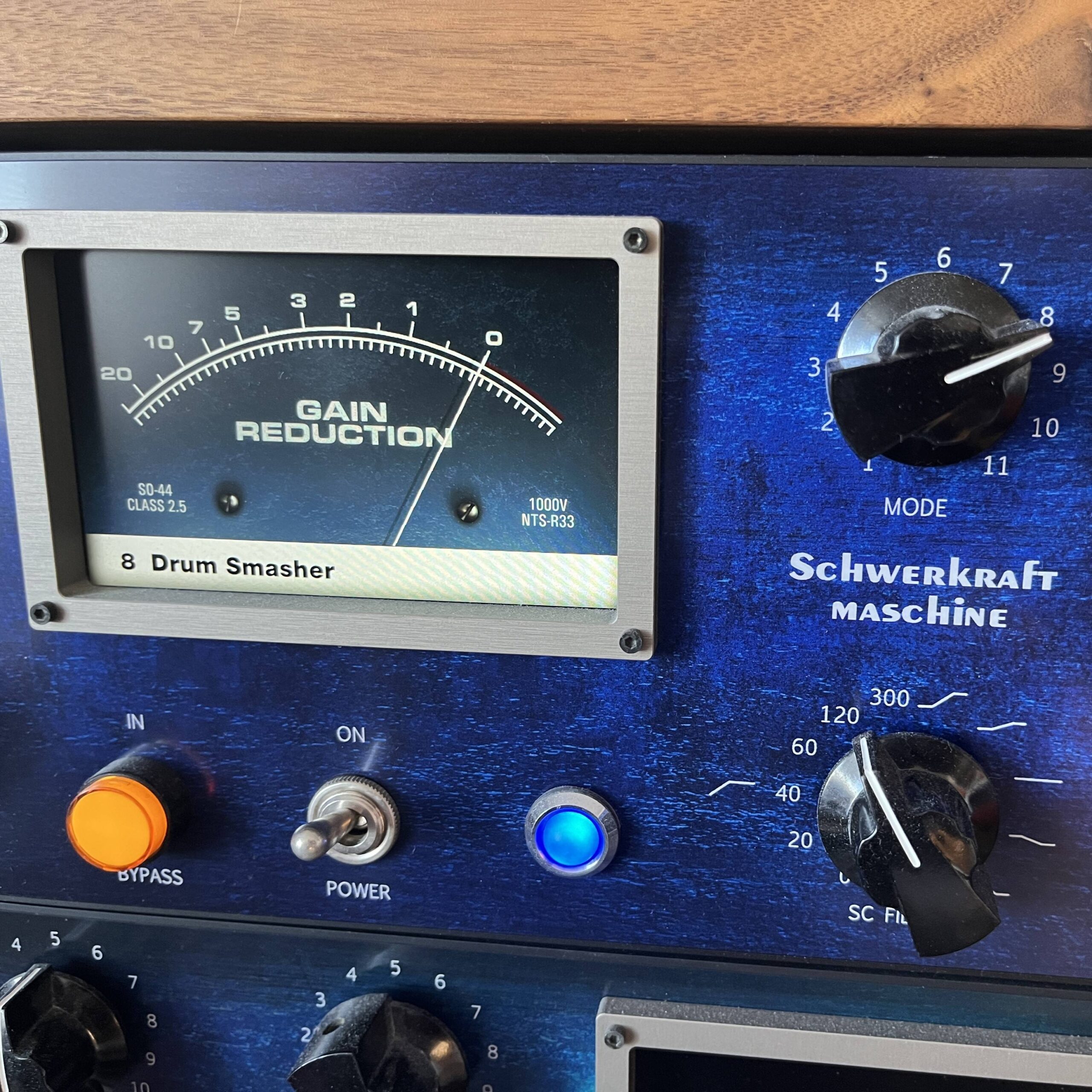
I don’t have much outboard gear, but the Tegeler gear is simply outstanding.
They spend a good amount of practical engineering on those motorised pots and switches and seeing them turn while using the plugin is just magic.
And then you touch them during a session and they do not resist, but instead write the automation…
Wonderful german engineering 🙂
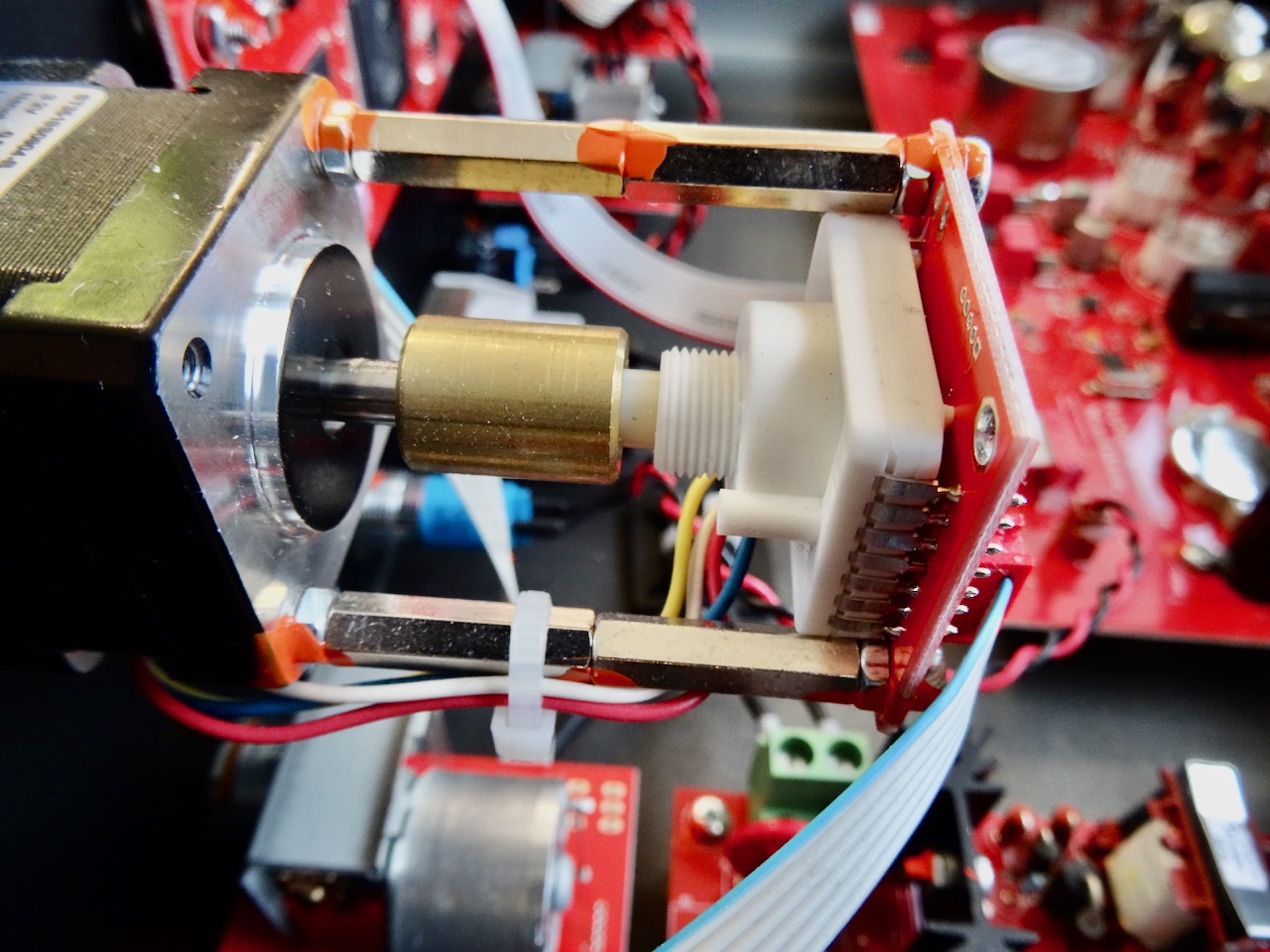
2. What bit of music gear are you particularly proud of?
That is my TTSH/1601 combo… the piece of gear that started my soldering career i would say.
I always dreamt of owning and playing with an ARP 2600, and 6 or 7 years back there was no re-issues like today.
But then I hear about this swedish project that was around for a while and ordered a kit from Jon. Little did I knew what it takes to build an instrument! It took like 3 months and occupied most of the living room space all the time.
But there I started to invest in tools like a proper DMM, my first real soldering iron and a scope. I actually managed to finish the project, got it fully working and learned so much in the process.
So I started the Facebook group called TTSH and at some point I did a group buy and talked Behringer into selling us a few thousand fader caps.
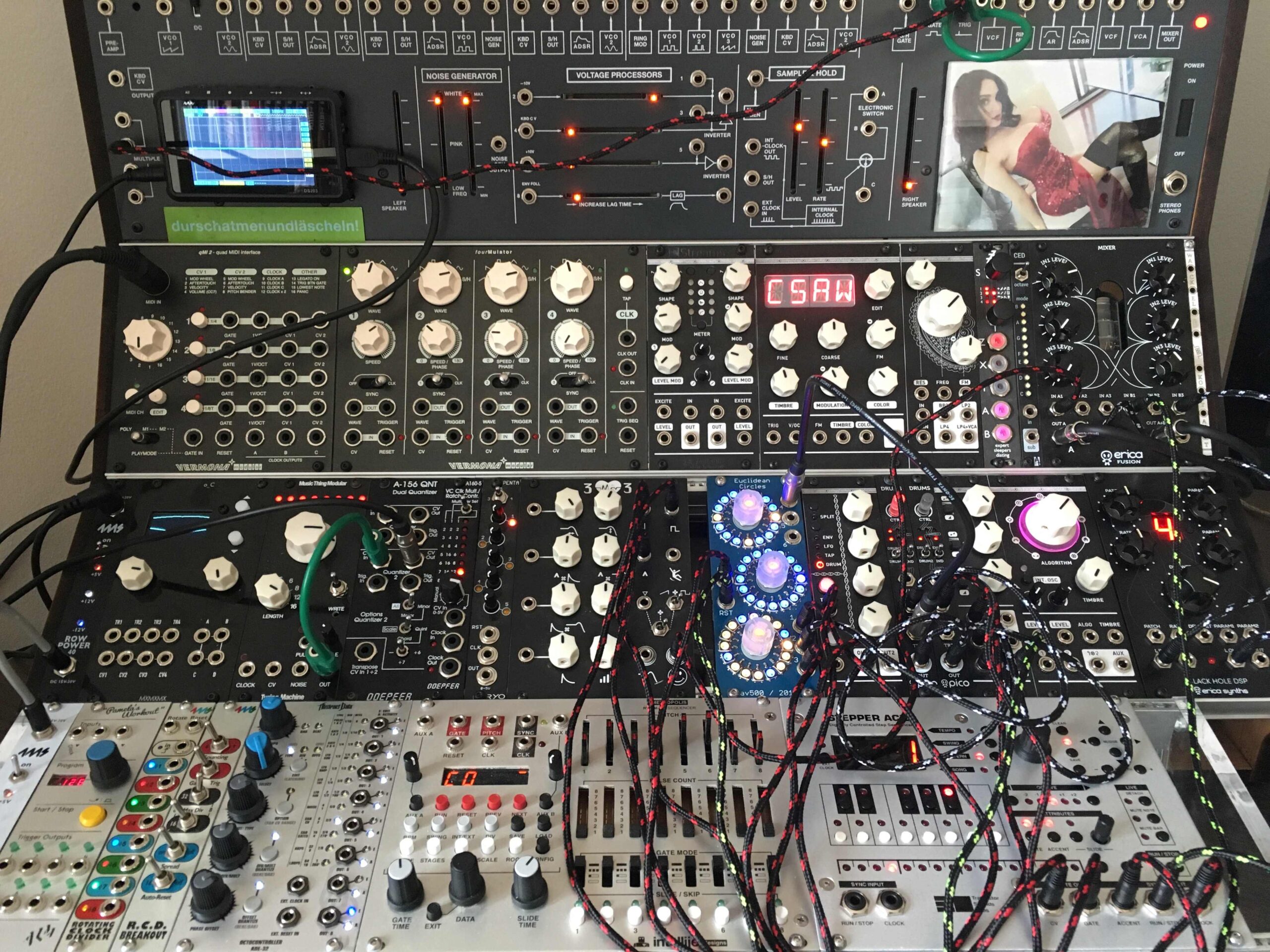
3. How do you see your gear in the landscape of music?
Very much as accessories to existing Buchla systems… like Akrapovic makes racing exhausts for Ducati, we make expansions for 4U systems.
When we started Northern Light Modular both Marc and I had a small DIY system.
Well, mine grew at that time as I built each and every kit that i could get my hands on and after a year I had a massive 24U system blinking at me.
But then we looked at things like the Ornaments and Crime, Temps Util or the offerings by Mutable Instruments at the time and thought, that kind of stuff is missing in the 4U world.
And instead of cross patching Euro to 4U we got in contact with Max, and Patrick and of course Emelie and looked into collaborations to port them into 4U.
The 2OC was our first project and at that time in 2017 very much a Euro module behind a 4U panel.
It took another year or two to adapt all the software to work properly in the 1,2V range, revert negative voltages and show proper values on the displays.
But it was a great time, 3D printers allowed us to experiment with front panels and making your own PCBs was exotic and fun.
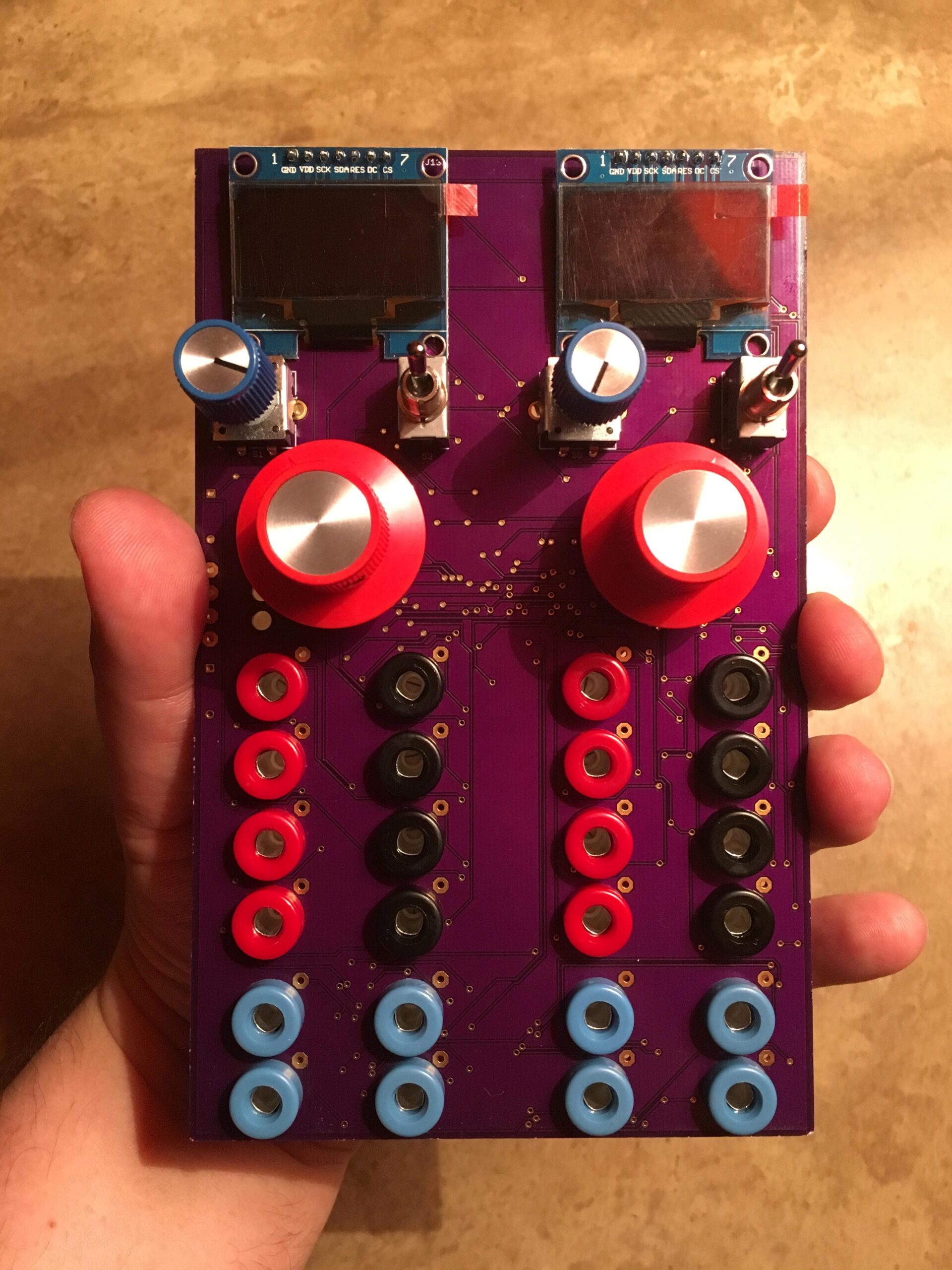
4. What music has inspired you to produce this gear?
I am a sucker for Berlin synth school…Tangerine Dream etc.
The O_c is in my opinion the best multi tool one can add to a rack, even if it takes a bit of learning .
But once you figured out how to cascade the quantizer playing variations of simple shift register notes, it plays generative music that is not just random noise.
And I like that a lot.
5. Most surprising tip or trick or technique that you’ve discovered about your gear?
Haha… the stuff other people do with my gear compared to what I intended it to be used for always amazes me.
Like, we build this massive 3 voice oscillator, spend countless hours to make it track 8 octaves and FM in sync with each other.
Sounds like angels singing and then someone comes and cross modulates the FM with the sync and all hell breaks loose.
So I am just watching and standing in awe, one part of me wants to yank out the cables and the others is like, that is super impressive, bro.
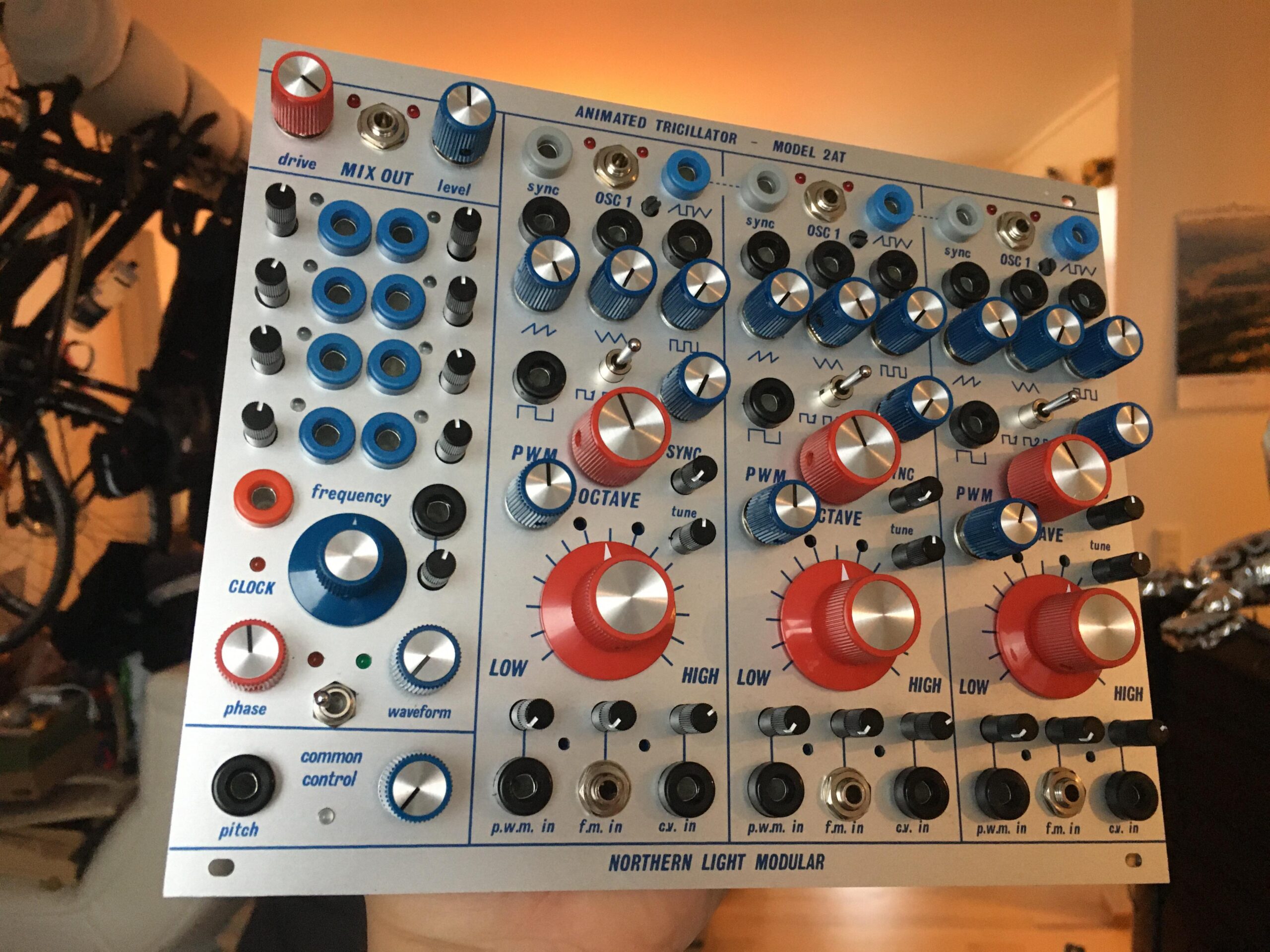
6. How did you get into music gear making?
Well, after that TTSH adventure, diverse EuroRack modules that came and went i stumbled upon the 4U crowd and how few options they had.
So we talked to Émelie Gillet (Mutable Instruments) and Max Stadler (Ornaments & Crime, Temps, Utile) about porting some of their designs and they were very helpful sharing and helping us up on the horse.
My lovely girlfriend Katrine, who built many of the SMD designs we have now, also is a wizard with the 3D printer and so we could prototype our new modules very quickly.
Like a great danish philosopher once said :
Life in plastic, it’s fantastic 🙂
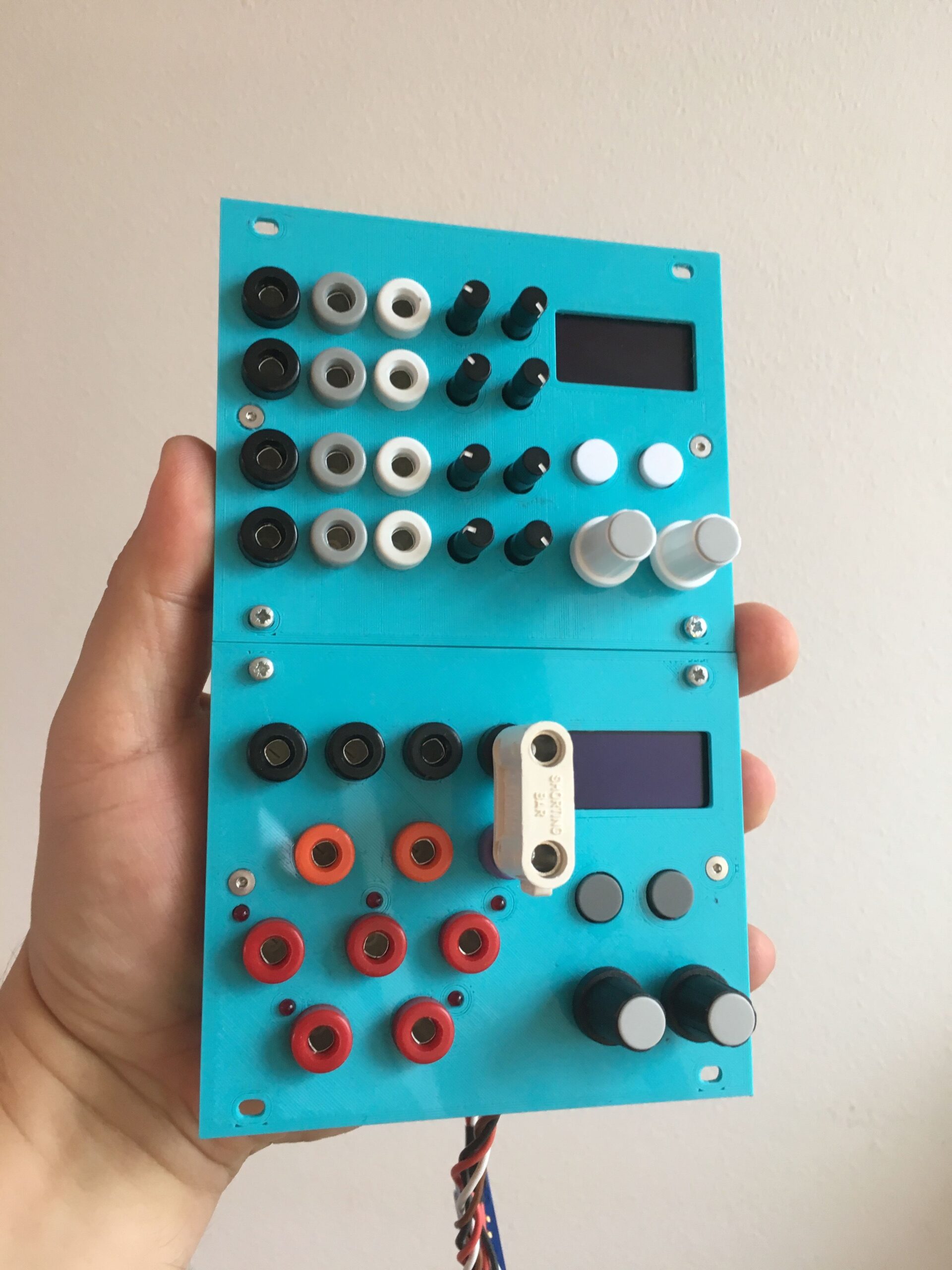
7. How do you most often start a new piece of gear? Where do the ideas come from?
Necessity I want to say, but that’s not quite true.
More often it is actually artists airing out ideas, pointing me to existing gear, or just imagining things.
Though the latest thing we’re making, was born from an idea to have a multi effect that works without any cables.
I have had a handfull of different guitar pedals and it really gets out of hand at some point with power and audio and midi cables.
So I wanted to build something that works straight in the Music Easel and can use its modulation.
We made a Kickstarter to found the project, I learned to program with Max/MSP at Notam/Oslo over winter and BLAM!… we had a multi effect.
https://www.kickstarter.com/projects/nlm/model-cardme-a-multi-effect-slot-card-for-the-buchla-208
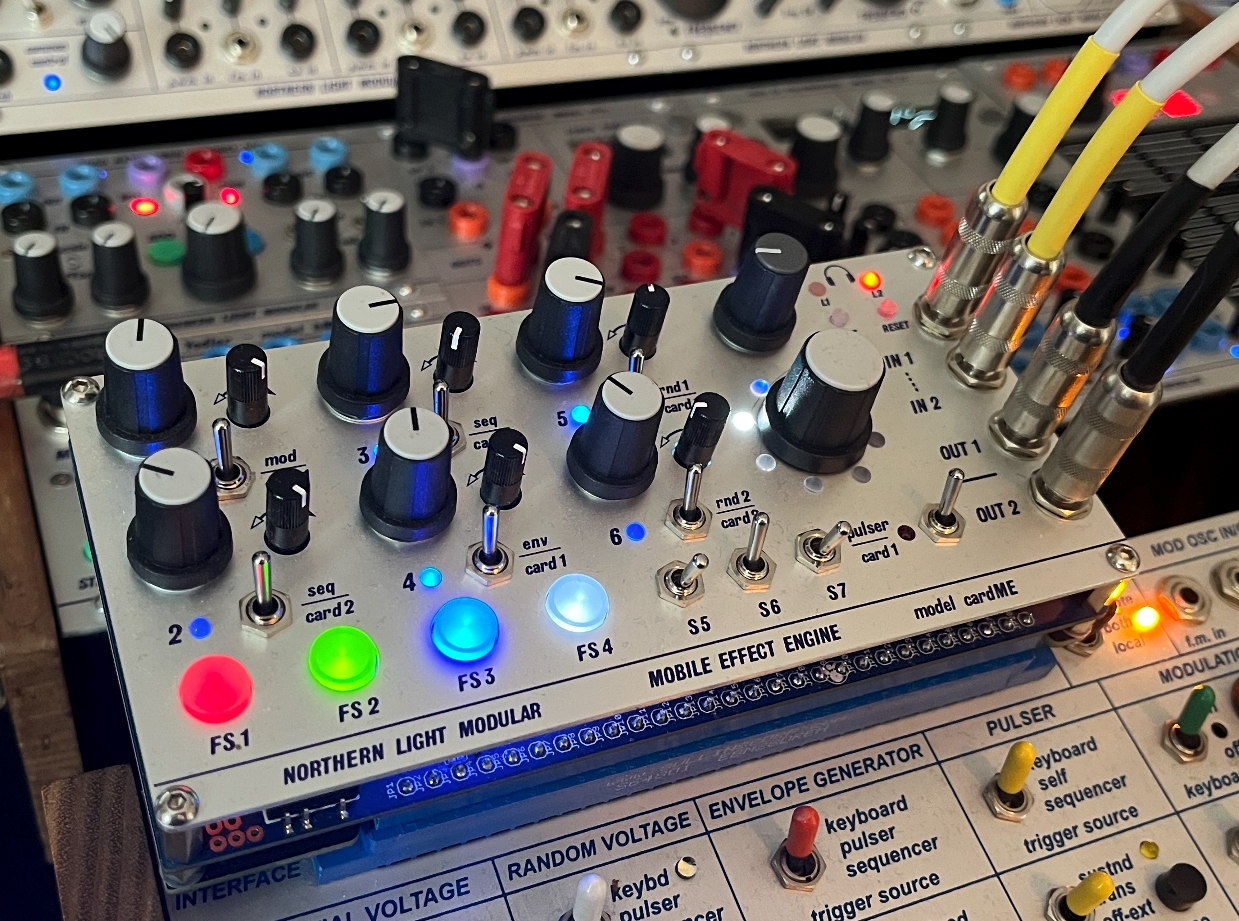
8. How do you know when a piece of gear is finished?
Is it ever ?
Most of our modules evolve constantly… either we fix small things here and there or sometimes, when they need a bigger change we made a V2 or V3 like with the Ornaments.
The latest version has input and output attenuators and LEDs indicate the actual level produced…
I think no other O-c in the market has that… and the software still works with that added hardware part.
Every year we also do special edition that we auction off for a good cause, and last year we made one for the international trans fund.
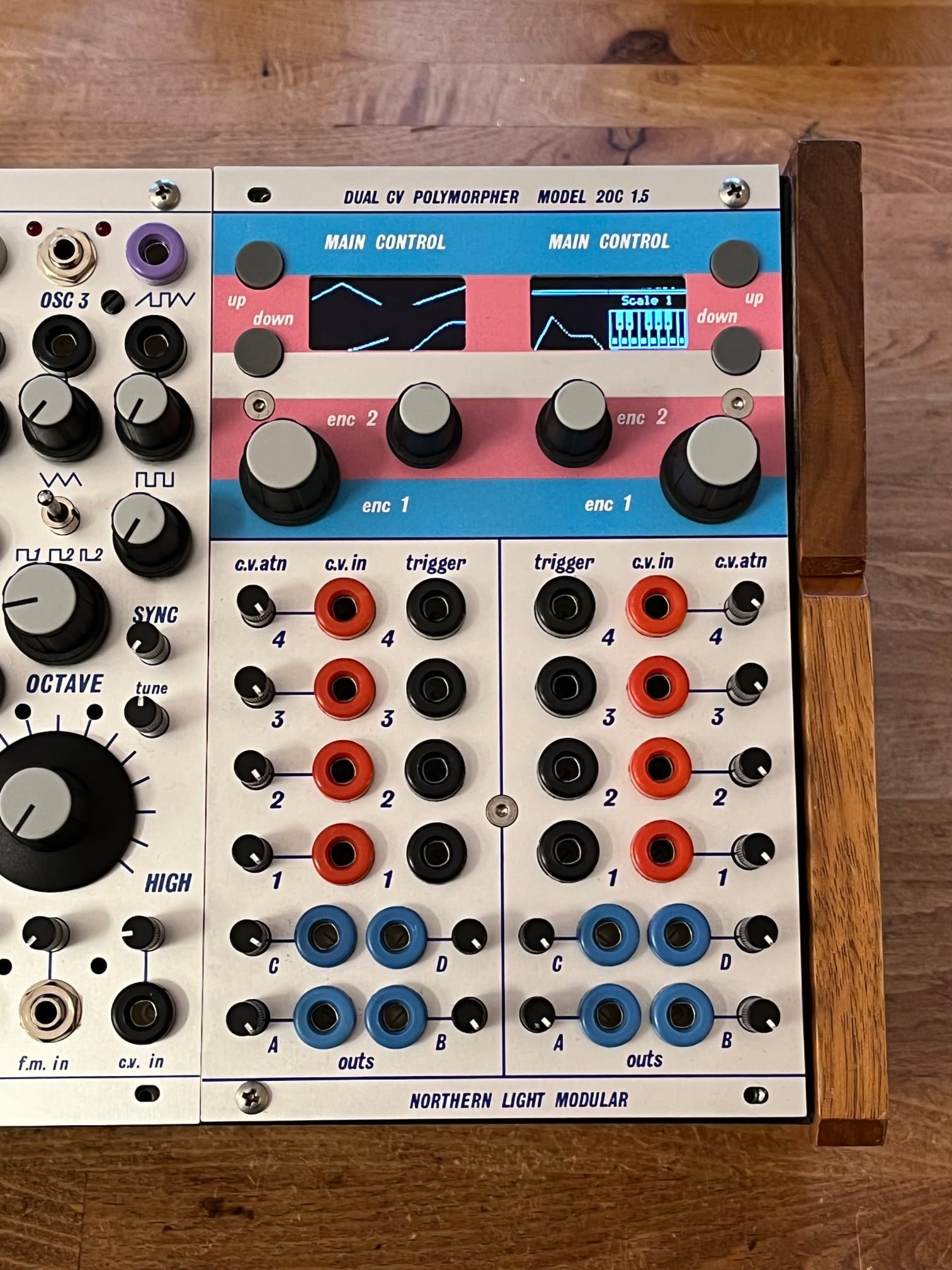
9. What is the best creative or production advice that you’ve ever heard?
Go with the flow !
Turn off Facebook, put the phone on silent and jam… just record what you are doing, maybe you strike gold, maybe not 🙂
Selfie
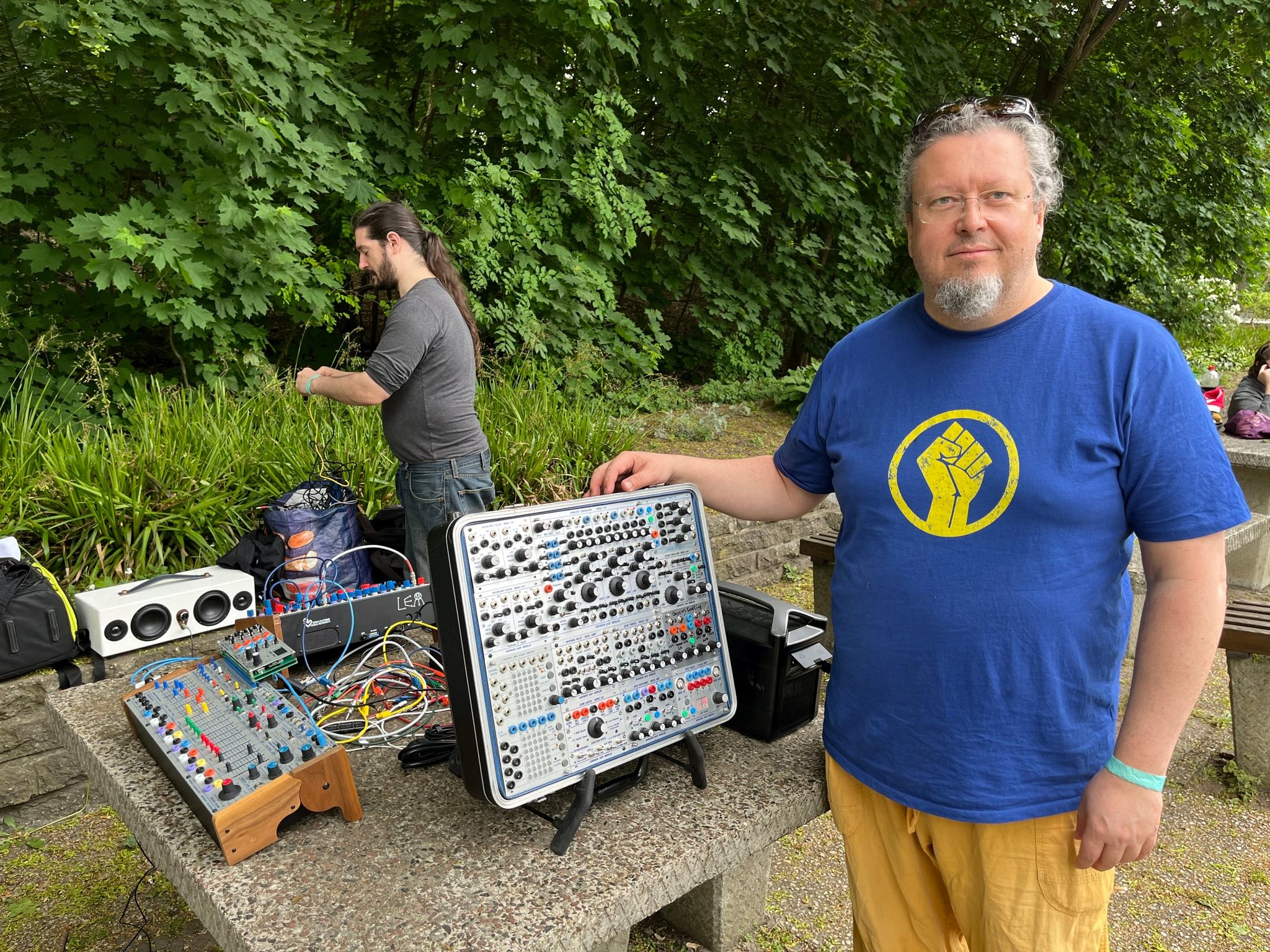
Where are you from? Where are you based?
From Germany…the south…and based in Copenhagen since 2006 and Northern Light Modular has been operating since may of 2017, for six years now.
Show us your current studio/workshop!

Promote your latest thing… Go ahead, throw us a link.
Northern Light Modular – http://northernlightmodular.com/
Modular Grid – https://bit.ly/2No5sus
